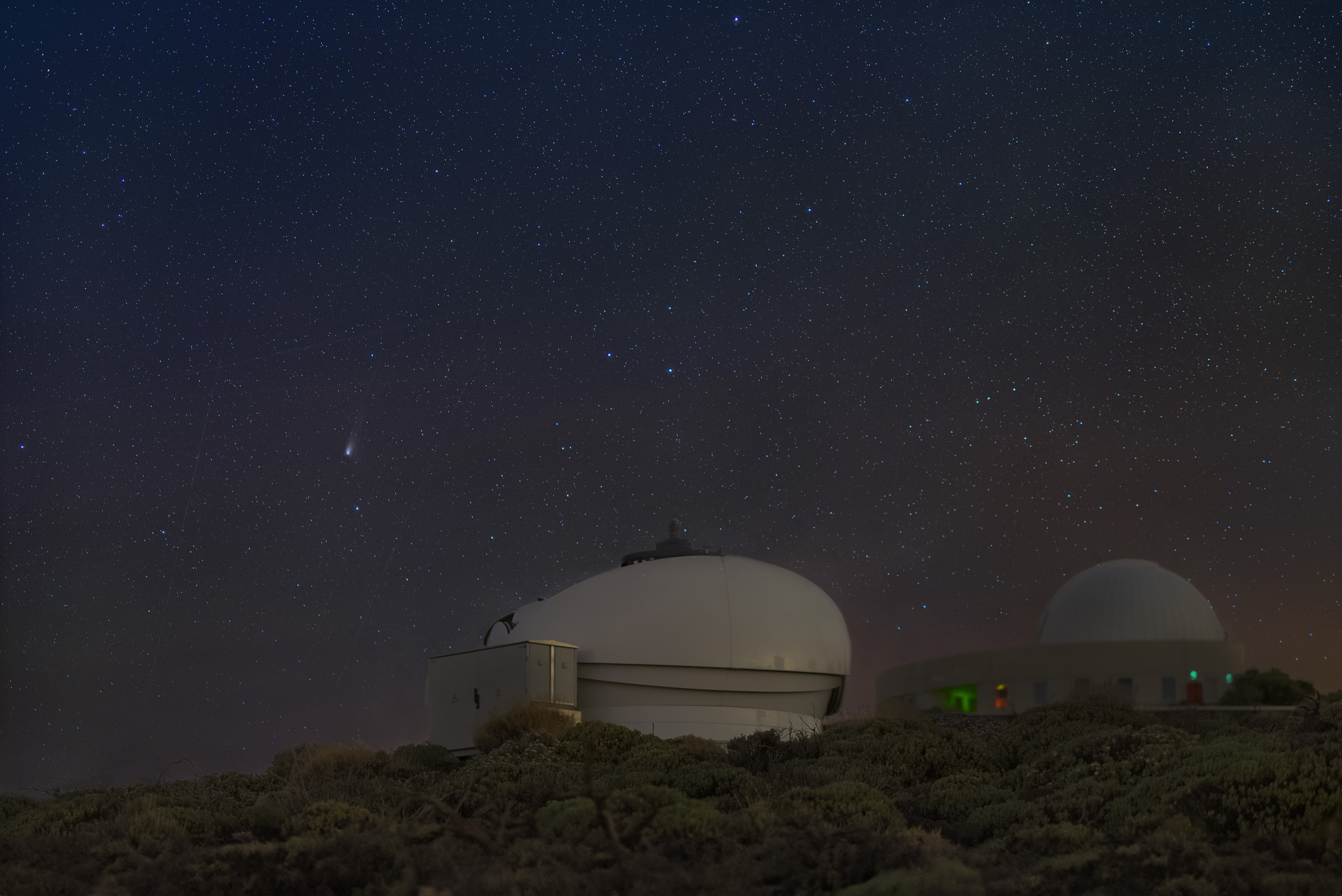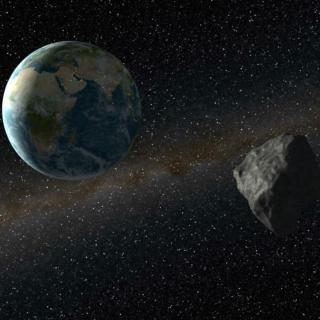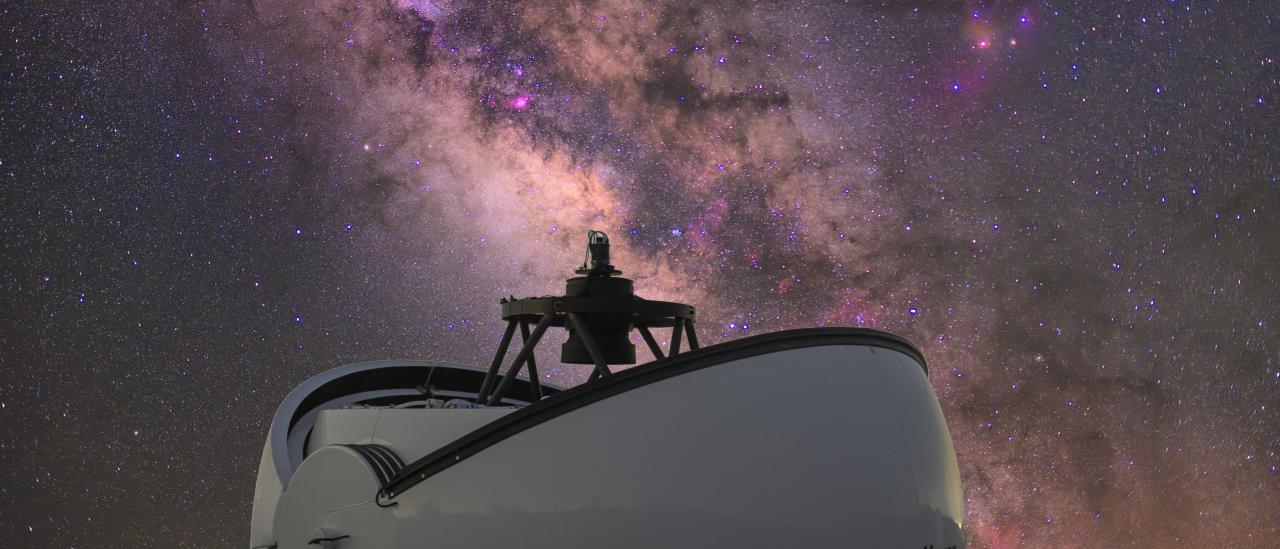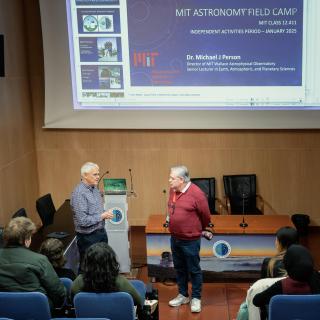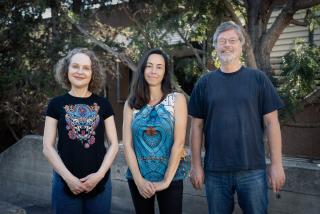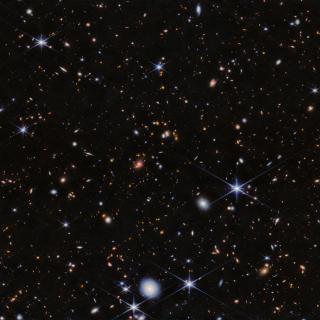The robotic Transient Survey Telescope (TST) installed in the Teide Observatory of the Instituto de Astrofísica de Canarias (IAC) has successfully started its scientific observations. It is a 1 metre telescope which permits the detection of rapidly varying objects, and is set up to map the sky. The TST has been built and run via a public-private collaboration with Canary funding.
The Transient Survey Telescope (TST) is a telescope with a 1 metre primary mirror, built to take long-term observations called surveys, for the detection of faint, rapidly varying objects over a wide area of the sky, with a field of over 4 square degrees.
This new scientific installation, installed at the Teide Observatory of the Instituto de Astrofísica de Canarias(IACI) is a project which has been developed locally, in a public-private collaboration, with private funding through an agreement between the IAC, and the Light Bridges company, with headquarters in Tenerife, which is the driver of this telescope.
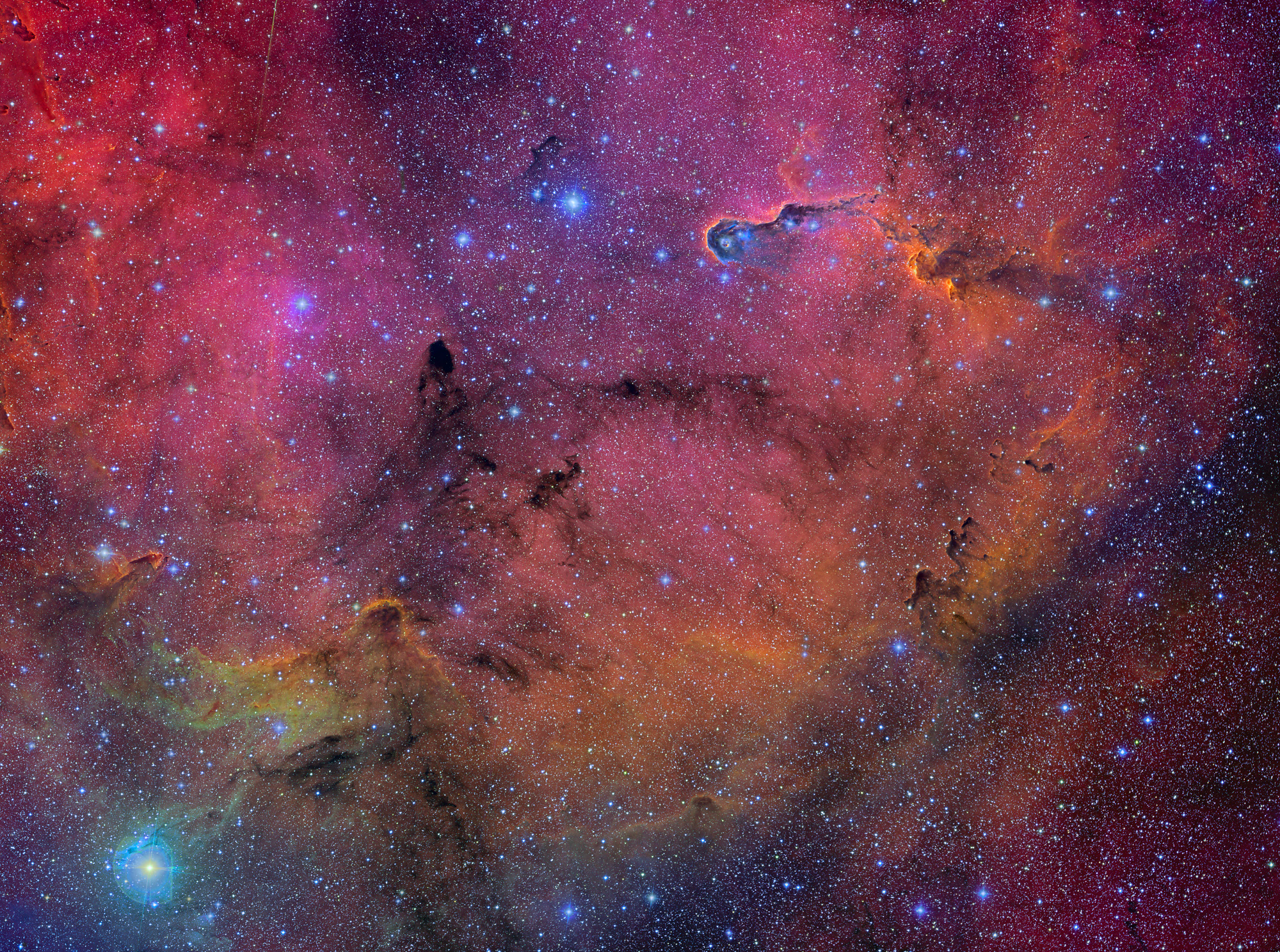
The First Light of the TST, its first real image, took place during the first week of July, with satisfactory results, after focusing, pointing, and tracking trials. The first science images of the TST were looking for asteroids, in order to verify its magnitude limit, and the application of algorithms based on artificial intelligence.
The scientific director of Light Bridges, and affiliated researcher at the IAC Miquel Serra-Ricart, noted that “the TST will be come an excellent scientific instrument, ideal for observational projects which need very short integration times and a wide field without losing a faint limiting magnitude. With the TST it will be possible to make early discoveries of NEO (Nearth Earth Object) asteroids, not forgetting that the wide field of the instrument will also permit the detection of transitory events such as supernovae, or the optical counterparts of gamma ray bursters”
The Principal Investigator of the project, Antonio Maudes, explains that “This project, which is private, is along the lines of the Spanish Strategy for Science, Technology and Innovation 2021-2027. Specifically the idea is to develop two-way links between relevant science, and companies in the Canaries.
Maudes, who is also an expert in projects for funding and the development of new business models, and a researcher affiliated to the IAC adds that “research has allowed the design of incentivation mechanisms which compatibilize the aims ofthe astronomers with the objectives of diversifying the Canary economy, and internationalizing Spanish science."
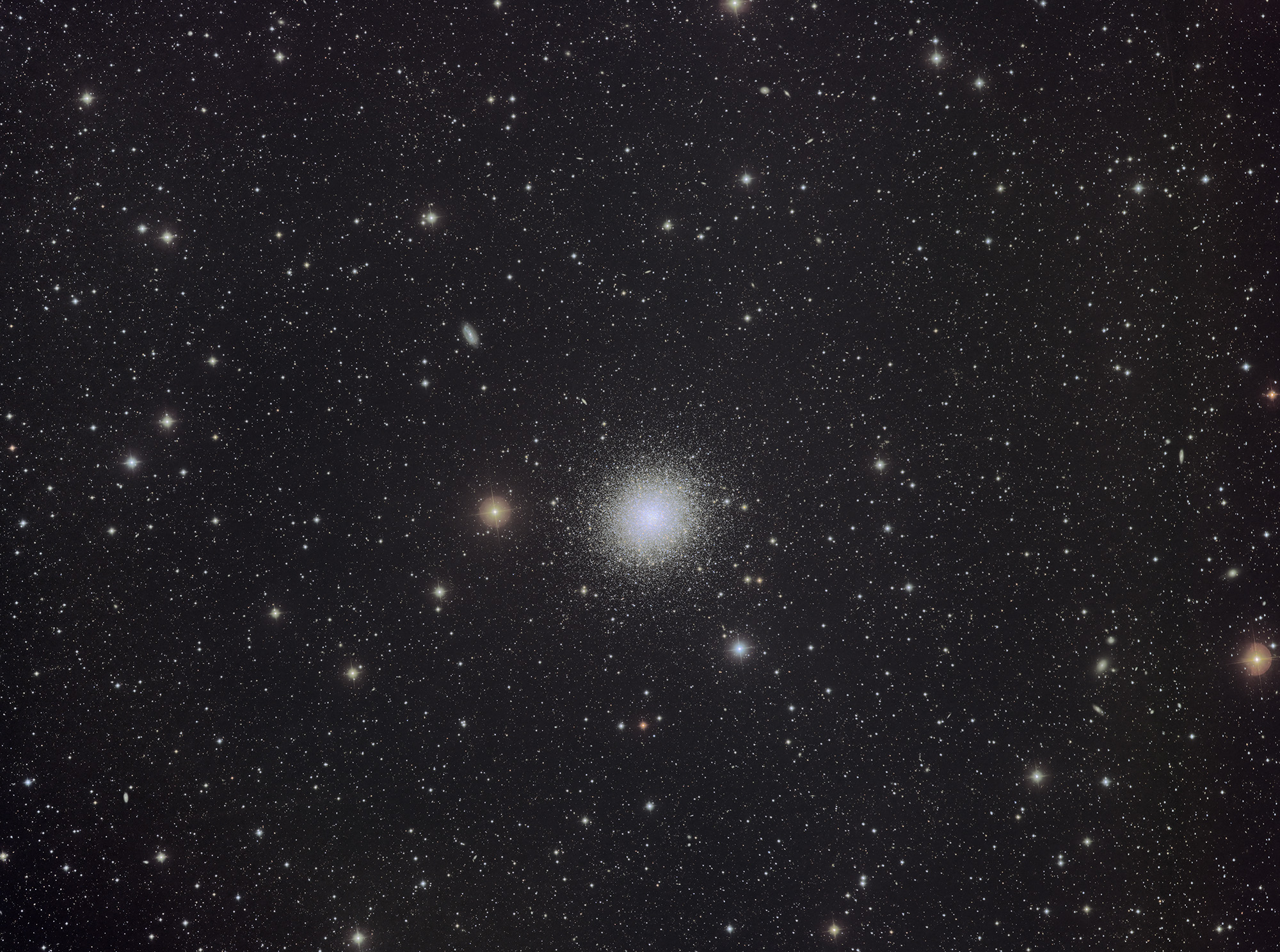
The agreement between Light Bridges and the IAC includes the installation of the TST telescope infrastructure, its running and its scientific use, and contribution to the proportional costs of the Common Services of the Teide Observatory. In addition it includes an assignation to the IAC, of 25% of the observation rights, as established in the International Treaty of 1979.
The TST has a QHY411 camera with an sCMOS sensor of 151 Mpixels installed at the prime focus and it is the first wide field telescope operational in the Canary Observatories.
The TST project has benefitted from collaboration by the Government of the Canaries, the State Agency for Tax Administration, the consortium of the Canary Special Zone, and the Ministry of Science, Innovation and Universities, as well as support from Cajasiete and the work of KPMG Assesors, and the office of Four Law, the legal advisor of the project.
“The TST would not have been possible without the backing of the public administrations, and the support of Cajasiete, together with an intrepid group of highly qualified Canary investors who at their own risk have believed in the project from the start” the manager of the company in charge of the telescope, The Restless Few, SL.
Contacts at the IAC:
Antonio Maudes, amaudes [at] iac.es (amaudes[at]iac[dot]es)
Miquel Serra Ricart. mserra [at] iac.es (mserra[at]iac[dot]es)
